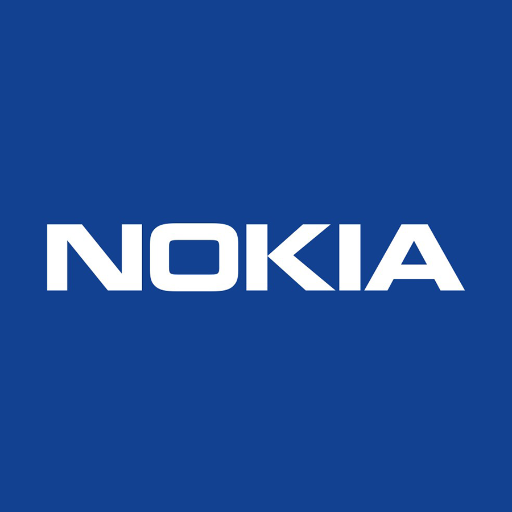Nokia updated Thursday its Motive Customer eXperience Solutions (CXS) software portfolio, providing communications service providers with advanced machine learning capabilities to reduce costs and improve customer experiences.
Nokia Motive Service Management Platform (SMP) 7.0 and Motive Care Analytics (CAL) 2.0 use machine-learning algorithms developed by Nokia Bell labs – advanced capabilities that give computers the ability to learn without being explicitly programmed. With support for machine learning in its CXS portfolio, Nokia aims to set a new standard for proactive care, by improving the detection, troubleshooting and resolution of subscriber issues.
Together, Motive SMP 7.0 and Motive CAL 2.0 help service providers lower costs by reducing average help desk handling times 5 to 15 percent and eliminating inappropriate truck rolls (dispatching a service technician to a customer location) related to network outages by as much as 90 percent. They also enable service providers to improve customer satisfaction and reduce churn by eliminating 85 percent of outage-related help desk calls.
Nokia Motive SMP 7.0 features Dynamic Intelligent Workflows, a new self-optimizing system that determines the ideal sequence of tasks that deliver the highest probability of resolving billing, subscription and network service issues in the shortest amount of time.
By analyzing data from previous workflow executions, the network, customer premises equipment, and trouble tickets, this capability enables service providers to quickly find the optimal remediation to issues when subscribers contact help desk agents or use self-care.
Motive SMP 7.0 includes dynamic intelligent workflows that drive actions with highest predicted resolution for a customer at the time they call or use self-help; omni-channel service modeling and management of business logic that render unified and relevant content to different audiences and a consistent user interface across channels and devices; apart from drag-and-drop interface that makes it easy to build and deploy advanced workflows.
The new offering delivers an integration framework that enables new data source adapters for underlying systems to gather the information required by models; end-to-end service management across operations support/business support systems; and prescriptive workflow actions.
Motive SMP delivers continuous improvement and agile introduction of new business and technical processes, enabling customers to avoid lengthy IT cycles in implementing new capabilities. Runtime updating of business logic reduces the time required to introduce new logic into the network. Dynamic Intelligent Workflows streamlines this process further, by leveraging machine learning to automatically update logic at runtime.
Nokia Motive CAL 2.0 solution automatically correlates customer help desk calls and self-care actions with network, service and third-party application topologies to identify call anomalies, such as unusual patterns in help desk calls that indicate the location of customer-impacting network and service issues.
Once anomalies are identified, Motive CAL initiates actions through Motive SMP to resolve service disruptions and other issues before they become widespread problems, triggering call deflection to IVR systems and OSS alarm correlation for rapid fault localization and identification.
The Motive CAL analytics solution lowers call center operating expenses and improves customer care by optimizing workflow management.
Its call anomaly detection feature automatically monitors and detects issues otherwise difficult to detect with operations support systems. These include last-mile issues in the xDSL and fiber networks; mobile service issues; issues with customer premises equipment; service issues affecting IPTV, high-speed Internet and broadband service packages; and issues with third-party applications.
Call Anomaly Detection uses a real-time statistical algorithm to identify anomalous behavior within normal calls arriving at the call center. When an anomaly is detected, Motive CAL triggers Motive SMP to execute a proactive workflow.
“Service disruptions are often hard to identify because they happen in the access network, on customer equipment or on customers’ devices,” said Bhaskar Gorti, president of Applications and Analytics at Nokia. “Traditional customer care may only address a small part of a larger problem and the time-consuming, step-by-step troubleshooting process can lead to customer frustration and the risk of lost business. By providing the earliest possible detection of network issues and streamlining help desk and self-care interactions, these new Nokia solutions reduce IT and care costs, and result in happier, more loyal customers.”




